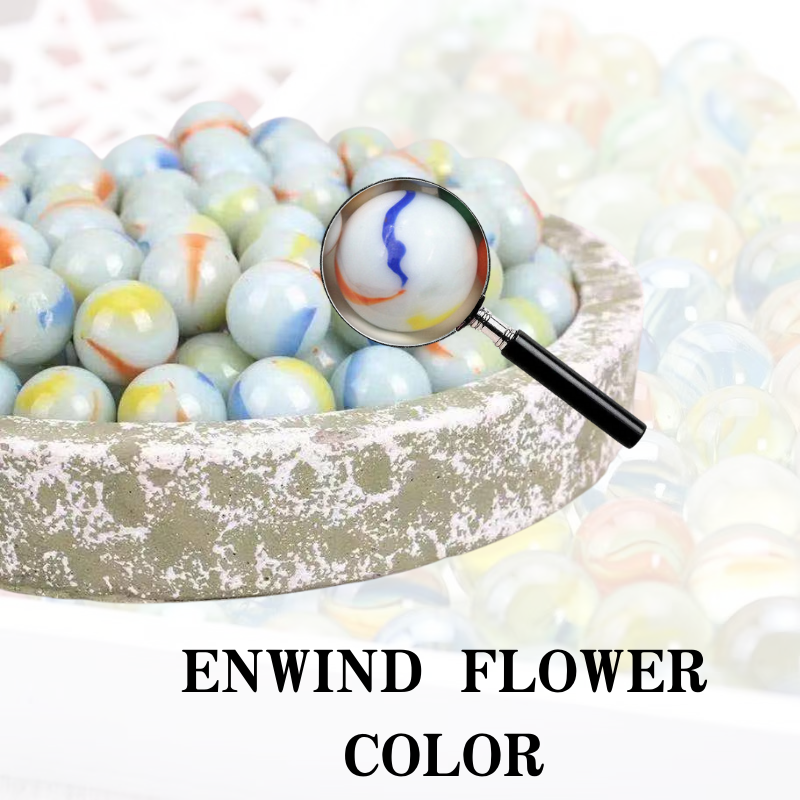
black talc
Black Talc Unveiling the Mysteries of a Unique Mineral
Talc, a soft mineral composed primarily of magnesium silicate, is widely known for its use in cosmetics, baby powder, and various industrial applications. While talc itself is generally a soft, white or pale green mineral, “black talc” refers to a less common variety characterized by its unique dark coloration, which may pique the interest of geologists, mineral collectors, and even those involved in industrial applications.
Geological Formation and Composition
Black talc is formed from the metamorphism of magnesium-rich sediments, undergoing significant geological processes that alter its mineral structure. The presence of iron and manganese impurities in its crystalline structure is primarily responsible for the black coloration. This metamorphic process often occurs in regions rich in ultramafic rocks, which contain high levels of magnesium and iron. Such formations can be found in various parts of the world, including regions like the Appalachian Mountains in the United States, parts of Europe, and specific locations in Asia.
Physical Properties
Like its lighter counterpart, black talc possesses certain physical properties that make it appealing for both industrial and artistic uses. With a Mohs hardness of 1, talc is one of the softest minerals, allowing it to be easily scratched with a fingernail. This trait, combined with its platy cleavage and greasy feel, sets it apart from other minerals. The black variety retains these characteristics, but its darker hue gives it an aesthetic edge that can be utilized in decorative arts, jewelry, and local crafts.
Industrial Uses
Black talc's unique composition and properties open up a myriad of industrial applications. It is utilized in ceramics for its ability to enhance the mechanical properties of clay, making it ideal for producing pottery and tiles. Additionally, it serves as a filler in plastics, rubber, and paints, helping to improve the products' durability and finish. Its absorbent nature is also beneficial in agrochemical formulations and as a carrier for fertilizers.
Moreover, talc has been historically used in the manufacture of roofing materials, providing both physical protection and thermal insulation. Increasingly, black talc's distinctive coloration and properties make it a sought-after material in the construction industry, especially for applications where visual appeal and strength are paramount.
black talc

Artistic Applications
The unique physical qualities of black talc, particularly its softness and workability, make it a favored medium in artistic circles. Sculptors often utilize talc to create intricate designs, as its soft texture allows for fine detail work. Notably, artisans and craftsmen have embraced black talc in producing ornate carvings and decorative items, capitalizing on its rich dark color to produce striking works of art.
Furthermore, black talc’s unique appearance has led to its use in modern jewelry designs. Designers have incorporated it into their collections, utilizing the mineral's natural beauty and symbolism. Its connection to earth and the natural world resonates with many, making it a meaningful choice in handcrafted pieces.
Cultural Significance and Folklore
Beyond its physical and industrial properties, black talc has also found a place in folklore and cultural practices. In various indigenous cultures, talc, including its black variety, is believed to possess spiritual properties. It has been used in healing rituals and as a talisman for protection. This spiritual significance adds another layer of value to black talc, linking it to cultural heritage and practices.
Environmental Considerations
As with any mineral extraction, the mining of black talc raises environmental concerns. It is crucial to consider sustainable mining practices to minimize ecological impacts. Furthermore, the extraction processes should adhere to regulations to ensure that the environment is protected and that local communities are respected. Promoting responsible mining can preserve the natural beauty and integrity of the regions where black talc is found.
Conclusion
Black talc serves diverse purposes, from industrial applications to artistic expression. Its unique geological formation, coupled with its aesthetic and physical properties, makes it a fascinating subject for exploration. Whether one is drawn to its practical uses or its cultural significance, black talc represents a blend of nature’s artistry and human innovation. As we advance in understanding and utilizing this mineral, it remains essential to advocate for sustainable practices that preserve the beauty and health of our planet.
Share
-
Premium Talcum Powder Enhanced with GPT-4 Turbo | Soft & Long-LastingNewsAug.02,2025
-
Fly Ash Solutions Enhanced by GPT-4 Turbo | Sustainable InnovationNewsAug.01,2025
-
Natural Premium Bentonite Cat Litter - Superior ClumpingNewsJul.31,2025
-
Premium Resin Coated Sand - High Heat Resistance CastingNewsJul.31,2025
-
High Quality Silicon Carbide Grit for Abrasive ApplicationsNewsJul.30,2025
-
High-Quality Ceramsite for Plants & Gardening | Lightweight PebblesNewsJul.29,2025






